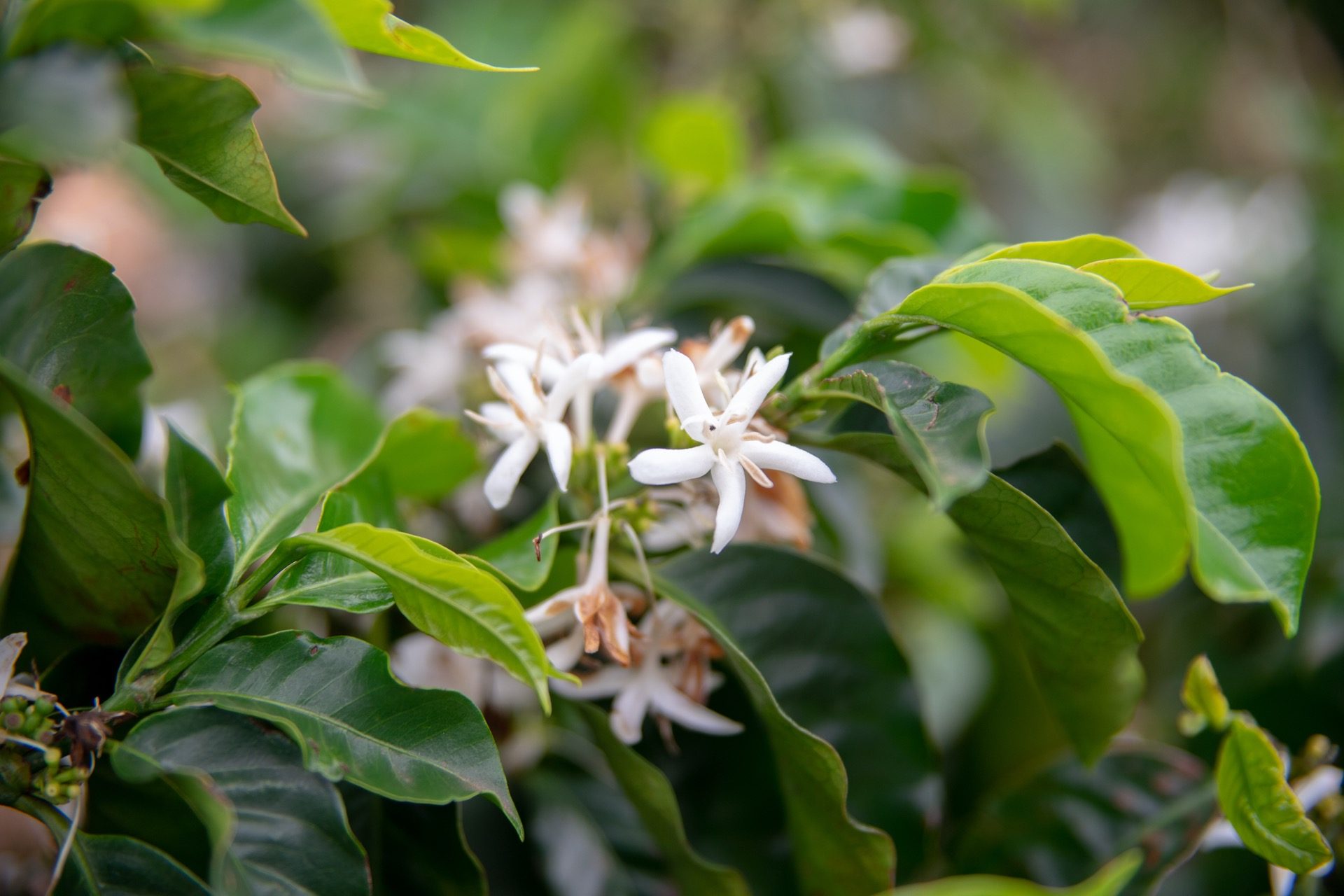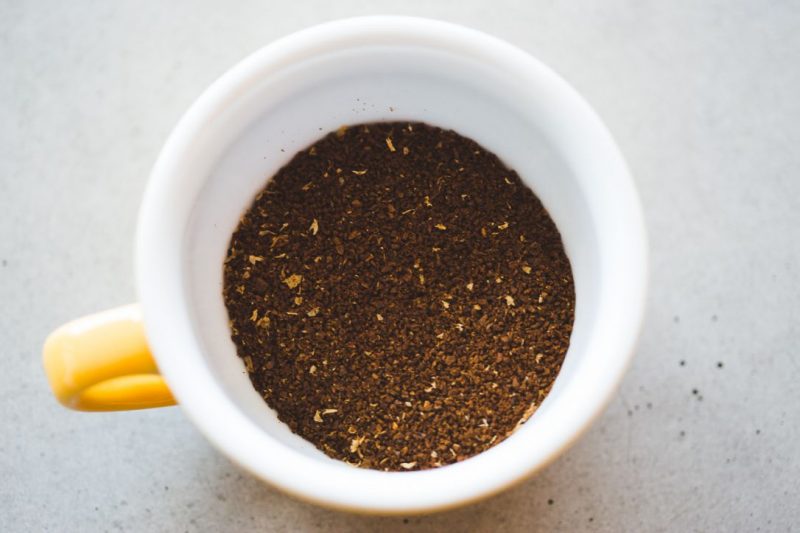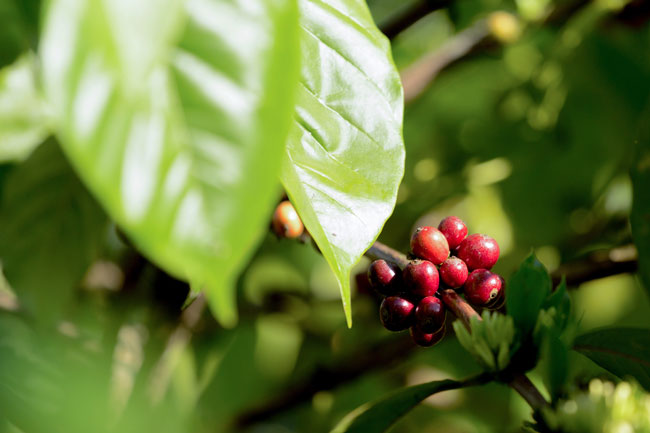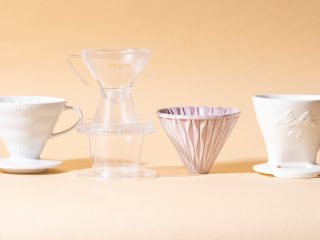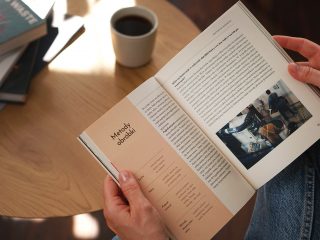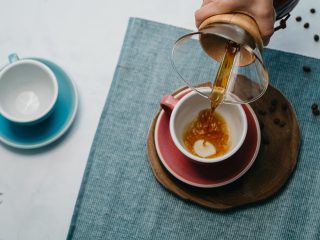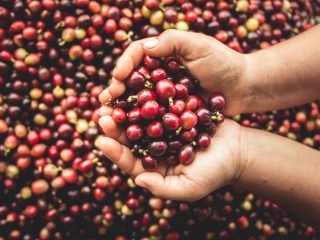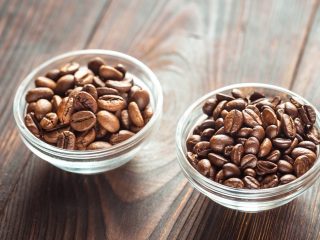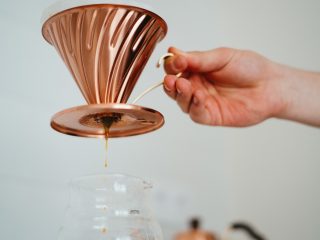It is impossible to sweep aside the fact that the phrase “Geisha coffee” has for several years now triggered an accelerated heartbeat and a surge of dopamine in many coffee lovers. Cafes posting on social media: “from now until we run out of stocks… we’re brewing Geisha!”, baristas brewing this coffee year after year at the most important competitions, record prices of green beans and shelves stocked with packets of beans for the price of a bottle (or four) of really good natural wine. What is hiding behind the phenomenon of this botanical variety of Arabica, an insatiable craving for such a large group of coffee fanatics? Why is Geisha coffee so often described as the best?
A pinch of history
It’s the 1930s. Near the Ethiopian village of Gesha, the British ambassador selects several types of coffee cherries for research. The beans are then transported to a research center in Kenya. From there, young sprouts go to plantations in Uganda and Tanzania and are planted in experimental lots. In the 1950s, Geisha seeds are already cultivated in the CATIE research center in Costa Rica.
The 1960s see the first use of the variety – with Panama as the site of the events. Geisha is brought to the country by Pachi Serracin. The main motivation for planting the species is its noticeable resistance to one of the most common diseases affecting coffee trees – leaf rust. Geisha coffee, however, is not successful due to the ineffective yields as well as disappointing results in the cup. Over the years, the variety will be most often used as a component of non-sophisticated blends.
The year 2004. The ninth edition of the Best of Panama auction competition, an annual event promoting the results of the crops of the best Panama farmers. The La Esmeralda plantation presents a botanical variety disregarded at a time. The lot turns out to be sensational and dominates the competition, leaving the rest of the coffees far behind. The judges sing praises in honor of flavor characteristics that have not been found before in such a distinct form. Flowers, peaches, extraordinary complexity, structure and purity. The price record is breaking: over $20 per pound (less than half a kilo) of green beans. From then on, the Geisha star will only shine, all the more brightly at a dizzying pace.
Cultivation
How does Geisha go from a mere middle-class to the most treasured botanical variety in history? The farmers of La Esmeralda discover that the species requires high cultivation altitudes to develop its most sophisticated traits. It begins to be planted above 1,500 meters above sea level.
Geisha coffee just turns out to be exceedingly demanding for optimal cultivation. In addition to the altitude requirements, it is susceptible to diseases such as the fungal CBD (Coffee Berry Disease), and is also prone to attacks by microorganisms called nematodes. The structure of the tree is delicate. The crops are not particularly productive. In the “Yield Potential” category developed by World Coffee Research, it only gets a two on a five-point scale.
The first fruiting occurs on average after four years and the optimal one – after eight years since planting. It also gives a much worse result compared to many other popular botanical varieties, which are fully profitable for the farmer just three or four years after planting a tree. The return on investment is significantly extended. This is the front side of an extremely valuable coin called Geisha.
Marketing
What else is special about Geisha coffee? Price! This is the other side of the coin… 2017, Best of Panama auction, geisha from La Esmeralda reaches $601 per pound. In July 2018, during the next edition, another record is set in the “a pile of money for coffee beans” category. The natural treatment of Geisha produced by Lamastus Family Estates goes for a price of… $804 per pound. $1,772 per kilo. Taking into account the typical price mechanisms in the plantation-importer-roaster-cafe chain, you would pay the barista at least 200 EUR for a cup of espresso made of this coffee.
No wonder that farmers have recently showed great interest in this botanical variety, not only in Panama, but also in Costa Rica, Colombia, Honduras and Guatemala. In the last eight finals of the World Brewers Cup, the competitor brewing Geisha won five times. Almost every time, the variety ranks among the top six best-brewed coffees in the world.
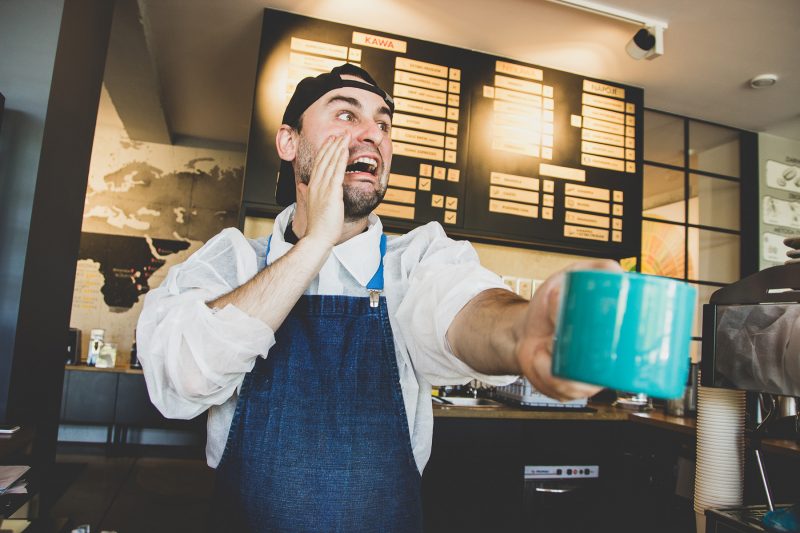
Demand for such an exclusive and unique coffee in Western countries is growing at a tremendous pace, and so is the popularity of Geisha coffee. The price takes a back seat when everyone wants to serve something special, interest and engage as many people as possible, or arouse controversy. Geisha coffee is packed by roasteries into specially designed boxes, packets with golden rims or boutique cans. At the end of the 2010s Geisha among other coffees is like the best single malt, the most outstanding champagne, the largest truffle.
Is it worth paying so much money for coffee? Your own tongue is the best one to tell.
Is it worth a try? For sure. Is it easy to deceive yourself? Certainly. After all, a cup of coffee for that much money MUST be good.
Is it possible to find Geisha coffee at a relatively reasonable price? Of course. From time to time Coffeedesk has such treats for you – check out the Royal Beans tab for the most interesting and refined beans. Be vigilant!
And rational.
Sources:
www.worldcoffeeresearch.org

